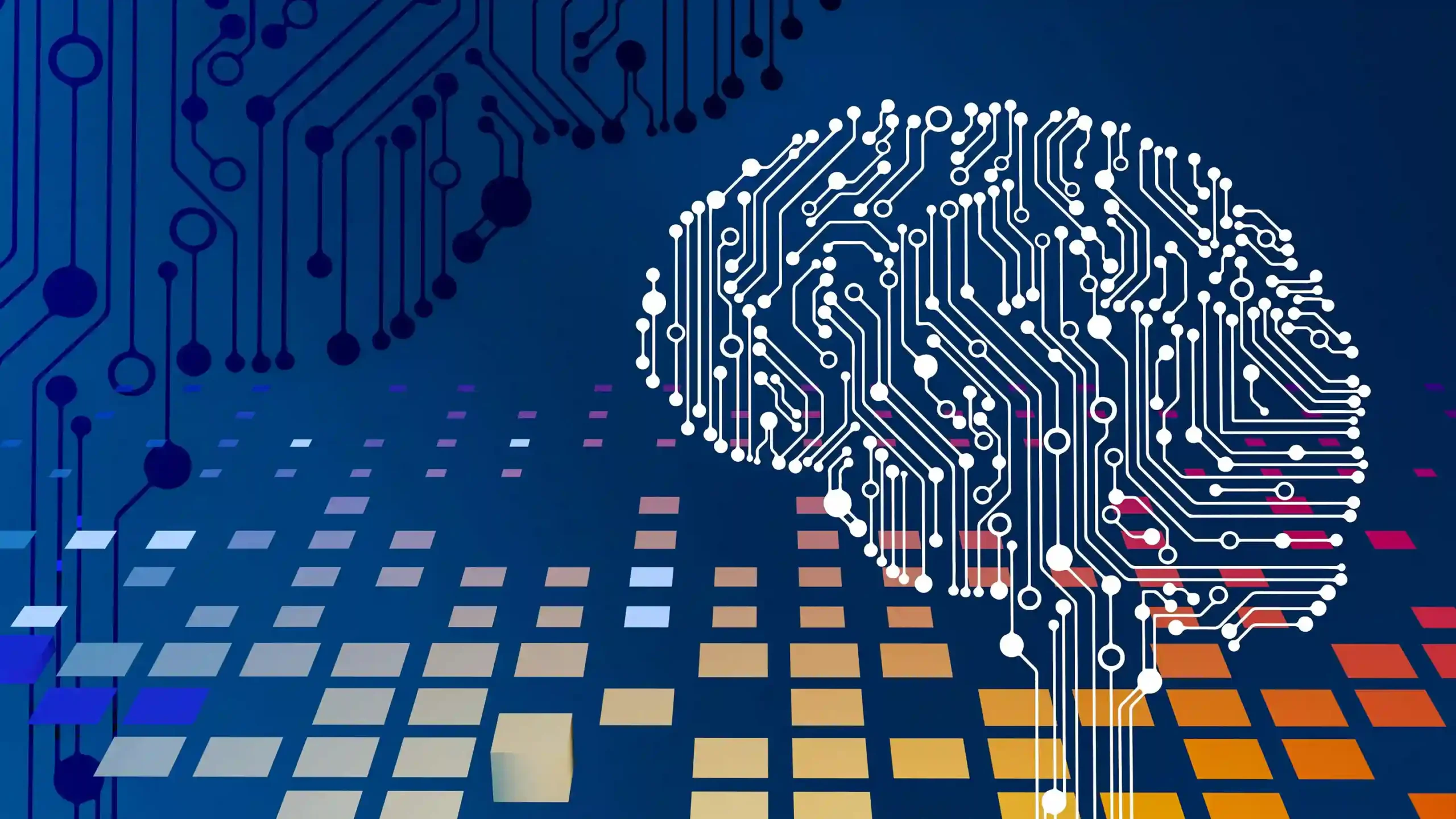How Natural Language Processing Works
ghifari
June 14, 2024
5 min read

Natural Language Processing (NLP) is a fascinating field that bridges the gap between human communication and computer understanding. It enables machines to interpret, process, and respond to human language in a valuable way. From chatbots and virtual assistants to sentiment analysis and language translation, NLP is behind many technologies we use daily. In this article, we’ll dive into how NLP works, breaking down complex concepts into easy-to-understand language.
What is Natural Language Processing?
Natural Language Processing is a branch of artificial intelligence (AI) that focuses on the interaction between computers and humans through natural language. The ultimate goal of NLP is to read, decipher, understand, and make sense of human languages in a manner that is both valuable and useful.
Key Components of NLP
NLP involves several components and techniques that work together to process and analyze large amounts of natural language data. Let’s explore these key components:
1. Tokenization
Tokenization is the process of breaking down text into smaller units called tokens, which can be words, phrases, or symbols. For example, the sentence “I love natural language processing” would be tokenized into [“I”, “love”, “natural”, “language”, “processing”].
2. Part-of-Speech Tagging
Part-of-Speech (POS) tagging involves assigning parts of speech to each token. This helps the computer understand the grammatical structure of the text. For instance, in the sentence “Cats chase mice,” “cats” would be tagged as a noun, “chase” as a verb, and “mice” as a noun.
3. Lemmatization and Stemming
Lemmatization and stemming are techniques used to reduce words to their base or root form. Stemming cuts off the end of words (e.g., “running” becomes “run”), while lemmatization considers the context and converts words to their meaningful base form (e.g., “better” becomes “good”).
4. Named Entity Recognition (NER)
NER is the process of identifying and classifying named entities in text into predefined categories such as names of people, organizations, locations, dates, and more. For example, in the sentence “Apple Inc. was founded by Steve Jobs,” “Apple Inc.” would be recognized as an organization and “Steve Jobs” as a person.
5. Sentiment Analysis
Sentiment analysis involves determining the emotional tone behind a piece of text. It can classify text as positive, negative, or neutral. For instance, “I love this product!” would be analyzed as positive sentiment.
6. Machine Translation
Machine translation is the automatic conversion of text from one language to another. Google’s Translate service is a popular example. It uses sophisticated algorithms to translate text while maintaining the original meaning as accurately as possible.
7. Speech Recognition
Speech recognition converts spoken language into text. Virtual assistants like Siri and Alexa use this technology to understand and respond to verbal commands. The process involves recognizing spoken words and translating them into text data that the system can process.

How NLP Works: A Step-by-Step Process
To better understand how NLP works, let’s break down the process step-by-step:
Step 1: Data Collection
The first step in NLP is collecting large volumes of data. This data can come from various sources such as books, websites, social media, and more. The data needs to be diverse and comprehensive to train NLP models effectively.
Step 2: Text Preprocessing
Text preprocessing involves cleaning and preparing the text for analysis. This includes removing punctuation, converting text to lowercase, eliminating stopwords (common words like “the” and “is” that add little value), and tokenization.
Step 3: Feature Extraction
Feature extraction is the process of converting text data into numerical data that machines can understand. This includes techniques like Bag of Words (BoW), Term Frequency-Inverse Document Frequency (TF-IDF), and word embeddings such as Word2Vec and GloVe.
Step 4: Model Training
Once the data is preprocessed and features are extracted, the next step is training machine learning models. Common models used in NLP include decision trees, Naive Bayes, and more advanced deep learning models like Recurrent Neural Networks (RNNs) and Transformers.
Step 5: Model Evaluation
After training the model, it’s crucial to evaluate its performance. This involves using metrics like accuracy, precision, recall, and F1 score to ensure the model is performing well and can generalize to new, unseen data.
Step 6: Deployment and Monitoring
The final step is deploying the NLP model into a real-world application. This could be a chatbot, a sentiment analysis tool, or a translation service. Once deployed, it’s important to monitor the model’s performance and make necessary adjustments based on user feedback and new data.
Applications of NLP
NLP has a wide range of applications across various industries:
Customer Service
Chatbots and virtual assistants use NLP to interact with customers, answer queries, and provide support 24/7.
Healthcare
NLP helps in analyzing medical records, research papers, and even assisting in diagnosing diseases based on patient symptoms described in natural language.
Finance
NLP is used for sentiment analysis on financial news and social media to predict stock market trends and make investment decisions.
Marketing
Marketers use NLP to analyze customer reviews, social media mentions, and survey responses to understand customer sentiment and improve products and services.
Conclusion
Natural Language Processing is a powerful tool that enables computers to understand and respond to human language. By breaking down complex linguistic concepts into manageable components, NLP makes it possible to develop applications that can read, interpret, and interact with text and speech data. As technology continues to advance, we can expect even more sophisticated and accurate NLP systems that will further enhance our interaction with machines.
Whether it’s improving customer service, enhancing medical research, or predicting financial trends, NLP is at the forefront of transforming how we communicate and interact with technology. Understanding how NLP works is not only fascinating but also essential for leveraging its potential in various fields.
Related Article
How to Choose the Best Web Development Framework for Your Project
In the fast-paced world of web design, choosing the right web... In the fast-paced world of web design, choosing the right web development framework can make or break your project. With countless options...
10 Essential Skills Every Web Developer Should Learn
Photo by Joshua Aragon on Unsplash In today’s tech-driven world,... Photo by Joshua Aragon on Unsplash In today’s tech-driven world, web development is one of the most in-demand careers. Whether...
Top Web Development Trends in 2024: What’s New in Tech?
Photo by Andrew Neel on Unsplash The web development landscape... Photo by Andrew Neel on Unsplash The web development landscape is constantly evolving, and 2024 is shaping up to be...


